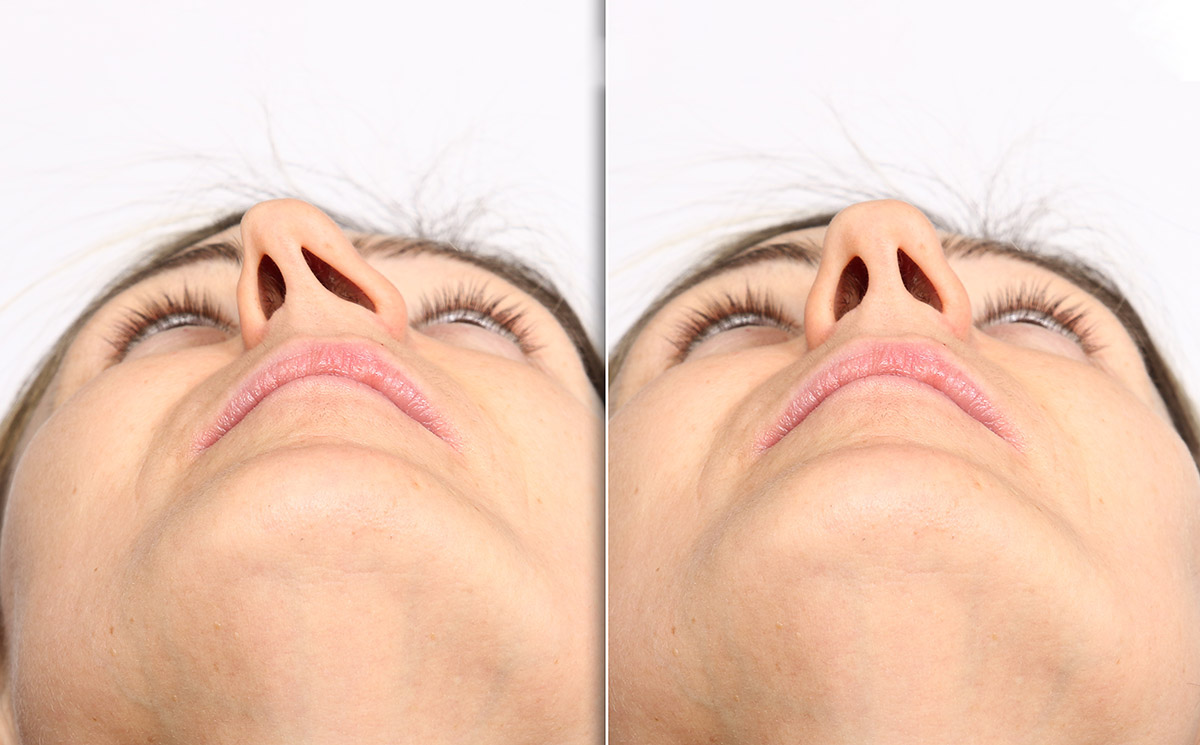When you step into a hospital or clinic, the last thing you expect is a medical error. Yet, the reality is that these mistakes can happen, sometimes with serious consequences. Understanding what constitutes a medical error is crucial, but it’s equally important to delve into why they occur and how they can be prevented. This discussion will shed light on the complexities surrounding medical errors and the steps needed to ensure patient safety in healthcare settings.
Definition of a Medical Error
To understand what constitutes a medical error, consider it as any preventable mistake in healthcare that could potentially harm a patient. These errors can occur at any point in the healthcare process, from diagnosis and treatment to aftercare. They encompass a wide range of issues, such as medication errors, surgical mistakes, misdiagnoses, communication breakdowns, and equipment failures.
Medical errors can result from human error, system failures, or a combination of both. It’s important to recognize that these errors aren’t always due to negligence but can also stem from miscommunication, fatigue, or lack of standardized protocols. By acknowledging and addressing these mistakes, healthcare providers can work towards improving patient safety and enhancing the quality of care provided.
Common Types of Errors in Healthcare
Considering the various ways in which medical errors manifest, it’s important to highlight some common types prevalent in healthcare settings.
- Medication errors, such as administering the wrong dosage or medication, are frequent and can have serious consequences.
- Diagnostic errors, where the wrong diagnosis is made or delayed, can lead to inappropriate treatments.
- Surgical errors, like wrong-site surgery or leaving foreign objects in patients, are also significant.
- Communication errors, including misinterpretation of information or lack of proper handoff, can result in misunderstandings and mistreatments.
- Documentation errors, such as incomplete or inaccurate patient records, can impact the quality of care provided.
Being aware of these common errors is crucial for improving patient safety and healthcare quality.
Impact on Patients and Providers
The impact of medical errors on patients and providers can be profound and far-reaching. For patients, experiencing a medical error can lead to physical harm, emotional distress, mistrust in healthcare providers, and financial burdens. Patients may face prolonged recovery times, additional medical expenses, and even permanent disabilities or loss of life. They may need to hire a medical malpractice attorney in Washington, DC to help recover the losses they have following the medical error.
On the other hand, providers who make errors may experience feelings of guilt, stress, and a tarnished professional reputation. Medical errors can also result in increased healthcare costs, malpractice lawsuits, and damage to the overall quality of care provided. Both patients and providers may suffer from the consequences of medical errors, highlighting the critical importance of error prevention strategies.
Prevention of Medical Errors
Understanding the root causes of medical errors is fundamental to developing effective prevention strategies.
One key aspect of preventing medical errors is fostering a culture of open communication within healthcare teams. Encouraging staff to speak up about potential mistakes or uncertainties can help catch errors before they reach the patient.
Implementing standardized protocols and checklists can also reduce the occurrence of errors by ensuring that steps are followed correctly. Ongoing training and education for healthcare professionals on error prevention techniques and best practices are essential.
Utilizing technology such as electronic Health records and barcode medication administration systems can further enhance patient safety by reducing human errors.
Ensuring Safety in Healthcare
To ensure safety in healthcare, prioritize regular safety audits and staff training on best practices. Conducting frequent safety audits helps identify potential hazards or weaknesses in protocols. These audits enable your healthcare facility to proactively address safety concerns before they escalate into errors. Additionally, providing continuous staff training ensures that all team members are up to date on the latest safety protocols and procedures. Regular training sessions also serve as a reminder of the importance of adhering to established safety guidelines.
By investing time and resources into safety audits and staff training, you’re actively taking steps to create a safer environment for both patients and healthcare providers. By addressing common types of errors, improving communication, and promoting a culture of safety, the healthcare system can work towards reducing the occurrence of preventable mistakes.
